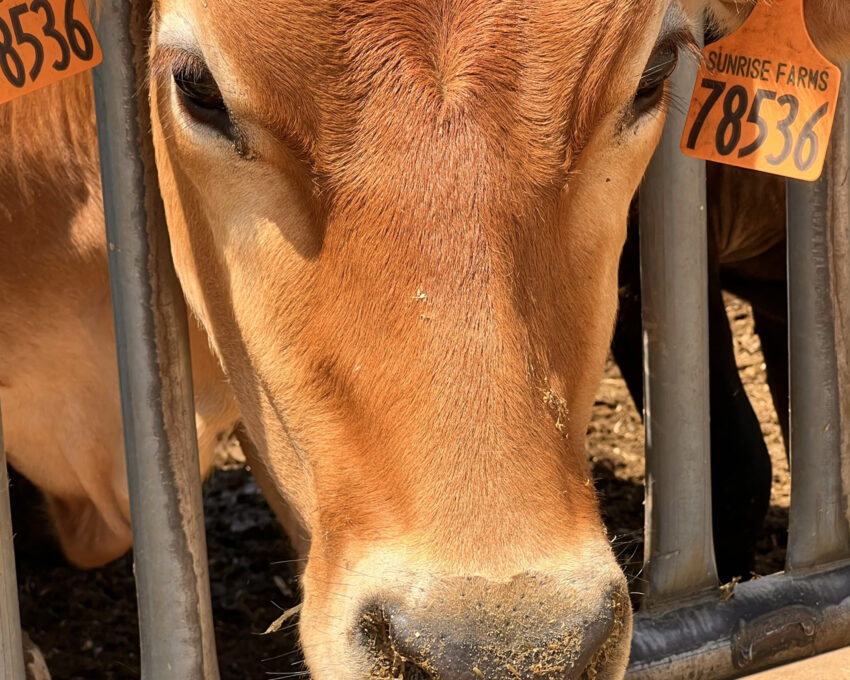For bagged silage, expert forage consultants in the dairy and cattle industry see benefits that can only be maximized through well executed feed management – specifically the proper placement and packing of the bags.
“It’s all about good feed management. [When packed correctly] bagged silage can have a huge impact on profitability, herd health, and milk production,” says Bonni Kowalke, fermentation researcher, practitioner and owner of Stem Ag Consulting, LLC., a firm that specializes in monitoring and optimizing dairy farm inputs and outputs at all forage production stages.
For many years, Kowalke has maintained her favorite storage system is a bag.
“The reason I say I love bags is it is the only one storage system that – if packed properly – is a completely sealed vessel,” says Kowalke, adding that is not necessarily the case with bunks, piles, or upright silos.
She adds that insufficient packing, which fails to minimize oxygen exposure, can result in spoilage of ensiled forage, and lead to feed loss.
“With a bag, you have more control over the spoilage if done properly. It is critical for cow health, milk production, components, and profitability to avoid feeding spoiled silage because of all the negative consequences,” says Kowalke.
The effective use of silage bagging can provide several advantages to dairy farms, including more controlled feedout to maximize nutrient availability and minimize spoilage and loss.
To maximize the effectiveness of their equipment, dairy farmers should prioritize packing pressure as a key factor to consider for equipment selection. With proper internal density, the oxygen is removed almost instantly, and fermentation begins promptly. The sealed bags protect silage quality and maintain favorable fermentation conditions even amid unfavorable conditions such as exposure to rain, moisture, excessive dryness, or prolonged storage.
To maximize the effectiveness of the equipment, however, dairy farmers need to clearly understand the key factors that affect bagging machine efficiency and capacity. At the top of the list is packing pressure, according to Steve Cullen, President, Astoria, OR-based Versa Corporation, a global leader in agricultural silage bagging and handling.
“It is important to have a good balance between the pressure caused by the packing rotors and the braking of the bagging machine. The goal is to firmly pack the bag without over-stretching the bag while gradually moving the machine forward as the bag fills,” says Cullen.
Among silage bagging equipment, packing is approached in various ways. Some systems utilize a cable system with a heavy net backstop, a concept first introduced in North America in 1976. After each bag is filled, the cables must be rewound, and the backstop moved to the next location.
To eliminate the need for external cables, Versa created an innovative cable loop Internal Density System® that uses a single adjustable cable inside the bag. The OEM also developed a heavy-duty belt Internal Density System® that slides under the bag and pulls it tight lengthwise. This facilitates tighter packing of longer silage bags than the industry norm. The largest models, such as Versa’s high-capacity ID1014 bagger, can be used to bag up to 14-foot diameter bags that are 500 feet long.
For more information, call (800) 837-7288 or visit versacorporation.com.

